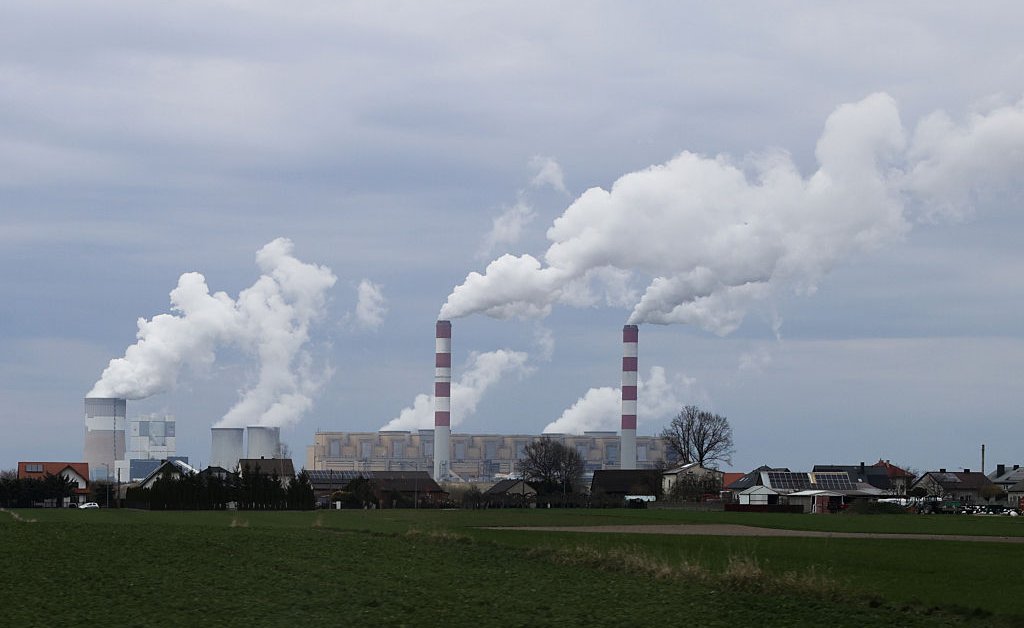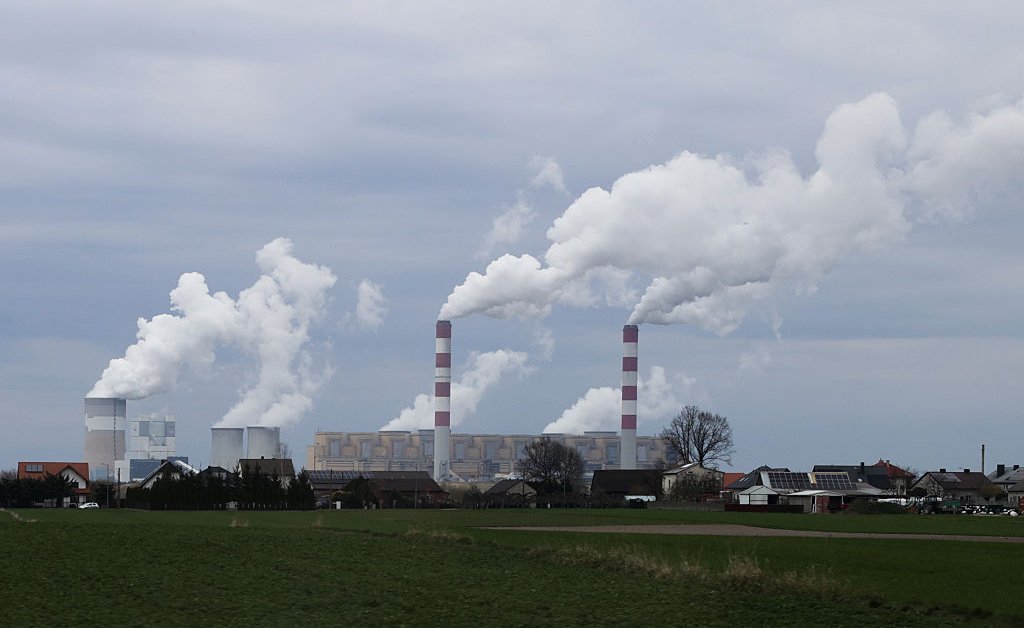Air Pollution's Deadly Toll: How Emission Cuts Can Save Thousands Of Lives

Welcome to your ultimate source for breaking news, trending updates, and in-depth stories from around the world. Whether it's politics, technology, entertainment, sports, or lifestyle, we bring you real-time updates that keep you informed and ahead of the curve.
Our team works tirelessly to ensure you never miss a moment. From the latest developments in global events to the most talked-about topics on social media, our news platform is designed to deliver accurate and timely information, all in one place.
Stay in the know and join thousands of readers who trust us for reliable, up-to-date content. Explore our expertly curated articles and dive deeper into the stories that matter to you. Visit Best Website now and be part of the conversation. Don't miss out on the headlines that shape our world!
Table of Contents
Air Pollution's Deadly Toll: How Emission Cuts Can Save Thousands of Lives
Air pollution is a silent killer, claiming millions of lives annually. This isn't just a distant environmental concern; it's a public health crisis demanding immediate action. The World Health Organization (WHO) estimates that 7 million premature deaths are linked to air pollution each year, highlighting the urgent need for significant reductions in harmful emissions. But the good news is, cutting emissions isn't just an environmental win; it's a life-saving strategy.
The Devastating Impact of Air Pollution
Air pollution doesn't just affect lung health. Fine particulate matter (PM2.5), a major component of air pollution, penetrates deep into the lungs and even enters the bloodstream, causing a range of serious health problems. These include:
- Respiratory illnesses: Asthma, bronchitis, and chronic obstructive pulmonary disease (COPD) are exacerbated by air pollution, leading to hospitalizations and premature death.
- Cardiovascular diseases: Studies show a strong link between air pollution exposure and heart attacks, strokes, and other cardiovascular issues.
- Cancer: Long-term exposure to air pollutants, particularly those containing carcinogens, increases the risk of lung cancer and other cancers.
- Neurological problems: Emerging research suggests a connection between air pollution and cognitive decline, dementia, and other neurological disorders.
- Increased infant mortality: Pregnant women exposed to high levels of air pollution are at greater risk of premature birth, low birth weight, and infant mortality.
The Path to Cleaner Air and Healthier Lives: Cutting Emissions is Key
The solution to this global crisis requires a multifaceted approach focusing on drastically reducing harmful emissions. Key strategies include:
- Transitioning to renewable energy: Shifting away from fossil fuels (coal, oil, and natural gas) towards renewable sources like solar, wind, and hydro power is crucial in reducing greenhouse gas emissions and air pollutants. Learn more about the benefits of renewable energy [link to a reputable source on renewable energy].
- Improving vehicle emissions standards: Implementing stricter regulations on vehicle emissions, promoting electric vehicles, and investing in public transportation are vital steps. The [link to relevant government agency or environmental organization] offers detailed information on current vehicle emission standards.
- Enhancing industrial regulations: Industries are significant contributors to air pollution. Stricter regulations, combined with technological advancements in pollution control, are necessary to minimize industrial emissions.
- Promoting sustainable land management: Deforestation and unsustainable agricultural practices contribute to air pollution. Protecting forests and adopting sustainable agricultural techniques are vital for cleaner air. The [link to a reputable source on sustainable land management] provides further details.
- Investing in air quality monitoring: Accurate and readily available air quality data is essential for effective monitoring and targeted interventions. Investing in advanced monitoring systems allows for better understanding of pollution sources and effective policy implementation.
The Economic Benefits of Cleaner Air
While the focus is often on the health benefits, improving air quality also offers significant economic advantages. Reduced healthcare costs, increased worker productivity, and a boost in tourism are just some of the potential economic gains from cleaner air.
A Collective Responsibility
Tackling air pollution requires a collective effort from governments, industries, and individuals. By implementing effective policies, investing in clean technologies, and making conscious choices in our daily lives, we can significantly reduce the deadly toll of air pollution and create a healthier future for all. Let's breathe easier – together.
Call to Action: Learn more about air pollution in your area and what actions you can take to help improve air quality. [Link to a local environmental agency or relevant resource].

Thank you for visiting our website, your trusted source for the latest updates and in-depth coverage on Air Pollution's Deadly Toll: How Emission Cuts Can Save Thousands Of Lives. We're committed to keeping you informed with timely and accurate information to meet your curiosity and needs.
If you have any questions, suggestions, or feedback, we'd love to hear from you. Your insights are valuable to us and help us improve to serve you better. Feel free to reach out through our contact page.
Don't forget to bookmark our website and check back regularly for the latest headlines and trending topics. See you next time, and thank you for being part of our growing community!
Featured Posts
-
 Who Made The 2025 Time 100 List Influence And Impact
May 08, 2025
Who Made The 2025 Time 100 List Influence And Impact
May 08, 2025 -
 Karen Read Case Cell Phone Evidence Could Be Crucial In Determining Timeline
May 08, 2025
Karen Read Case Cell Phone Evidence Could Be Crucial In Determining Timeline
May 08, 2025 -
 Badosa Vs Osaka In Rome Match Preview Tv Listings And Best Betting Sites
May 08, 2025
Badosa Vs Osaka In Rome Match Preview Tv Listings And Best Betting Sites
May 08, 2025 -
 Indias Missile Incident In Pakistan Analysis And Implications
May 08, 2025
Indias Missile Incident In Pakistan Analysis And Implications
May 08, 2025 -
 Reducing Emissions A Critical Step To Saving Thousands Of Lives From Air Pollution
May 08, 2025
Reducing Emissions A Critical Step To Saving Thousands Of Lives From Air Pollution
May 08, 2025
